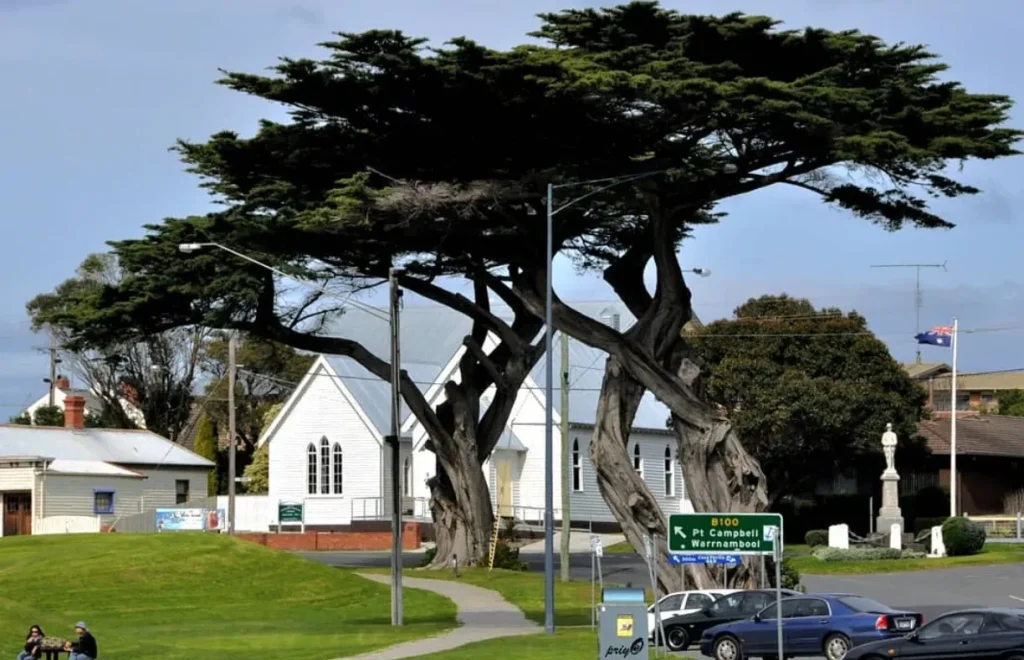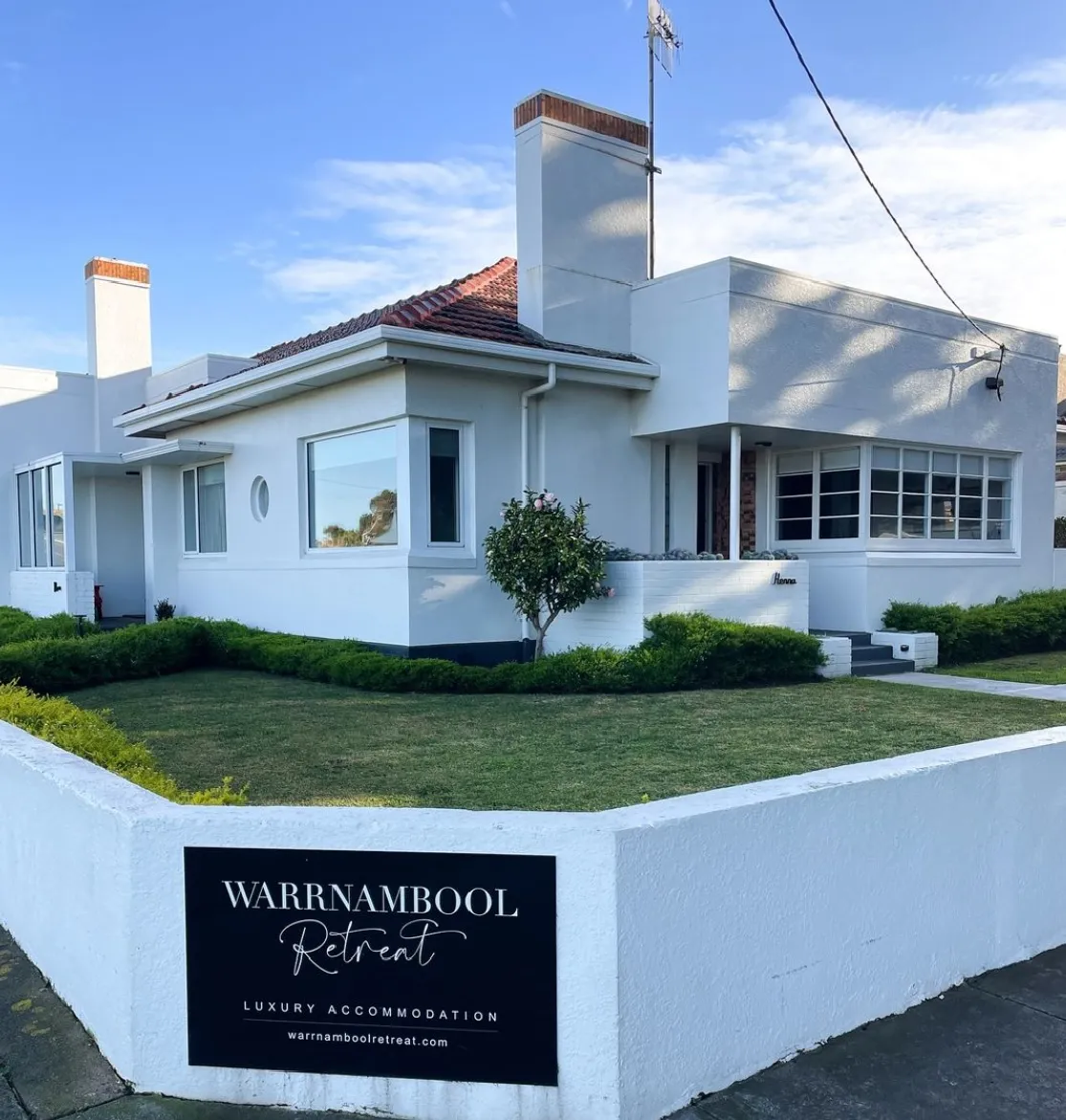It is not just the beautiful natural scenery that makes the Great Ocean Road a must-see destination. The towns along this iconic route reflect both historical and contemporary influences caused by the area’s rugged coastline and volcanic landforms. This article aims to trace how these towns have changed in their architecture from Victorian-style mansions to modern-day beachfront structures.
Architectural Heritage
Architectural heritage of the Great Ocean Road towns speaks volumes about Australia’s changing cultural landscape. Architectural styles of different types are exhibited by some of the structures found in places such as Port Fairy, Apollo Bay, and Port Campbell, among others, resulting from Western settlement. Historic buildings characterized by functionality and style have shaped the appearance of these ancient communities. These coastal settlements should be protected in order to keep them unique.


Historical Context
Built in the 1920s to open up coastal townships for tourism, the Great Ocean Road was an astounding engineering exercise during which period growth became evident with several constructions erected to accommodate travelers and settlers. Some structures, like the Portland Maritime Discovery Centre alongside Loch Ard Gorge, stand on sites where shipwrecks occurred, indicating a hard life experienced by early white settlers due to dangerous sea routes taken by ships at that time. The southern coastline dotted with sewers also shows its geological history including Lake Purrumbete being one of the largest volcanoes having volcanic lakes.
Victorian Era Influences
The Victorian era had a significant influence on the architecture of towns along Great Ocean Road. Many developments were made especially in Towns like Port Fairy, Warrnambool among others during this period. An example includes heavily ornamented facades and wide streets which are key features of Victorian design. Large machinery, wrought iron decorations, picturesque designs are typical for that time showing fascination with lavish architectural trends combined with adjustments from traditional lands becoming central business districts.
Architectural Styles Found Along the Coast

There is as much variety in architectural styles seen on the Great Ocean Road as there are magnificent views. The seaside towns have different architectural inspirations ranging from humble cottages to grand buildings and modern ones. Port Fairy has combined history with modernity while Apollo Bay, Warrnambool and some others have retained Victorian and Edwardian styles. New architectural elements integrated into old structures are evidence of reconciliation and adaptation taking place in towns.
Port Fairy: A Blend of History and Charm
In Port Fairy, one can witness the intersection of history with charm at its best. Some buildings that date back to the late 19th century still stand, giving visitors a glimpse into past times. These range from grand residential dwellings to small colonial cottages and business premises that reflect various stages in the evolution of this town.
The streets of Port Fairy such as Barrow Street have buildings which exhibit the Victorian era’s technique of paying attention to details through the use of sophisticated designs. Additionally, shipwreck sites like Portland Battery Point among others help explain their historic significance in relation to maritime activity in general and regional development at large.
Warrnambool

The major town of Warrnambool is situated on the Great Ocean Road and has a number of different styles of architecture that characterize its growth and development over time. The old Victorian buildings, which include large ones and some other modern lookalikes, make this place distinct from the others. Moreover, Warrnambool’s stunning shoreline views are enhanced by its architectural landscape as well as proximity to natural attractions such as Lake Condah and various volcanic land formations.
The town’s architectural heritage includes a variety of building types, from elegant stately homes to practical commercial structures. In this case, Warrnambool’s use of materials that can survive elements in the Southern Ocean represents another way through which it successfully blends history with modernity.
Visit the Seaside Town of Lorne
Lorne, a beautiful coastal village situated along the Great Ocean Road, offers tourists both natural beauty and appealing architecture. A mix of traditional and contemporary styles is displayed in these buildings with many designed for experiencing breathtaking ocean view. As far as Lorne is concerned, it has several types of accommodations ranging from historic cottages to beachside retreats.
The town’s wide streets and beautiful coastline create a welcoming environment for visitors, while its architectural diversity adds to the area’s appeal. Also, Lorne is located near some interesting places, such as ancient rainforest trails or dramatic scenery, making it an even more exciting tourist spot.
Conclusion
The towns on Great Ocean Road represent Australia’s rich architectural heritage, combined with dynamic background information about this region. Starting from Port Fairy, which shows Victorian-era influences, to Apollo Bay and Lorne, featuring new art forms, all these designs reflect changes in cultural patterns/landscapes across regions that route through within time. Consequently,” preservation” followed by “modern design” gives rise to uniqueness among particular seaside settlements, therefore being captivating for those who are interested in historical background plus building artistry.In addition, you can also visit the Great Ocean Road tours to natural attractions.
FAQ
What is the architectural significance of Port Fairy?
Port Fairy is known for its well-preserved historic buildings and charming architecture. The town blends historical and modern influences, showcasing a range of architectural styles that reflect its rich past and coastal setting.
How did the Victorian era influence the architecture of Great Ocean Road towns?
The Victorian era brought ornate design elements, such as decorative ironwork and patterned brickwork, to the Great Ocean Road towns. Many buildings from this period feature these elaborate styles, reflecting the era’s fascination with picturesque and intricate designs.
What are some notable architectural styles found along the Great Ocean Road?
The Great Ocean Road towns feature a mix of architectural styles, including Victorian cottages, Edwardian houses, Art Deco buildings, and modern constructions. Each style contributes to the region’s diverse architectural landscape.
How does the architecture of Lorne differ from other towns along the Great Ocean Road?
Lorne is known for its combination of historical charm and modern amenities. The town features a mix of historic buildings and contemporary holiday accommodations, offering a unique architectural experience along the dramatic coastline.
What are some key historical sites along the Great Ocean Road?
Notable historical sites include the Portland Maritime Discovery Centre, Loch Ard Gorge, and shipwreck sites along the coast. These sites provide insights into the region’s maritime history and geological features.


